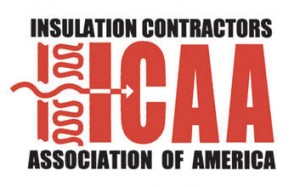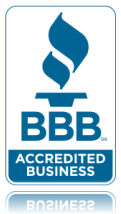Why is Cellulose Insulation Better Insulation?
There are several key reasons cellulose insulation is a superior product for buildings: higher R-per-inch values than most comparable mineral fiber materials, reduces air-leakage, not as subject to convective heat loss, lower cost relative to competing products of similar thermal efficiency, fire safe, made from more than 75% recycled material, environmentally friendly, approved by all major code bodies, and well tested and field proven.
Is Cellulose Insulation fire-safe?
Cellulose insulation is arguably the safest organic building material since it is always treated with persistent fire retardants. The United States Consumer Products Safety Commission does not believe cellulose insulation is a hazardous product. Fire statistics also do not support the claim that cellulose insulation is a hazardous product. The vast majority of fire and insulation experts agree that proper installation of insulation, not the specific material used, determines the safety of the insulation system in any building.
Can Cellulose Insulation help reduce building air-leakage?
Yes. Cellulose insulation has been shown to reduce air-leakage through wall and ceilings of buildings. Colorado University found cellulose at least 36% better than fiber glass in tightening buildings, which resulted in a 26%+ overall improvement in energy efficiency.
Considerable research at the US DOE Oak Ridge National Laboratory shows cellulose insulation is not as subject to convective heat loss. Convection through insulation has been shown to reduce the R-values of comparable mineral fiber materials from 20-40%, in cold weather. Measured actual values as low as R-12 at nine degrees F for an R-19 fiber glass installation. However, Oak Ridge found no R-value erosion with cellulose.
Why should a home builder choose cellulose?
Cellulose insulation is cost effective, adds to housing affordability, meets codes, is easy to install, and helps differentiate your business as an environmentally friendly member of the development industry.
If you are meeting the Model Energy Code, or participating in a major national efficiency program – such as EPA Energy STAR homes, E-Seal (EEI), or NAHB endorsed manufacturer originated programs – then you will find when it is time to get your program homes tested, air-leakage is reduced and indoor air quality is maintained by this superior product.
Why should consumers ask for cellulose?
Research and cost analysis shows that cellulose insulation performs better and costs less than competing forms. Homes with cellulose insulation are comfortable, healthy and fire-safe. In addition, since it is an environmentally friendly product consisting of recycled materials, consumers know they are helping the planet.
How can I tell if I really got the advertised R-factor?
Thanks to the Federal Trade Commission R-factor rule, every insulation installer now routinely provides a fact sheet documenting the insulation value of the products put into buildings in the United States. But in the real world consumers still need to be careful about the advertised R-factors and the realities of installed performance of insulation. Independent university researchers have documented actual performance of cellulose insulation in real buildings can exceed energy efficiency of mineral fiber insulated walls by nearly 40%, resulting in over a 26% reduction in whole building energy use.
![]()
Commercial Thermal Solutions, Inc.
2812 SW 29th Ct
Cape Coral FL 33914
1-732-921-5350
NJ State License #13VH01202100


